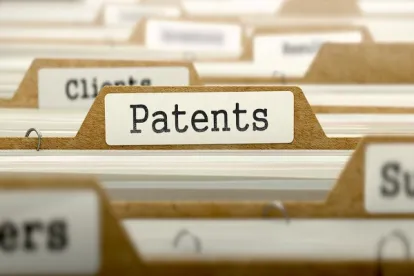Addressing the issue of collateral estoppel in inter partes review (IPR), the US Court of Appeals for the Federal Circuit vacated a finding of patentability by the Patent Trial and Appeal Board (PTAB) in view of the result of other IPRs and appeals of the challenged patent. MaxLinear, Inc. v. CF Crespe LLC, Case No. 17-1039 (Fed. Cir., Jan. 25, 2018) (Dyk, J).
CF Crespe owns a patent related to a broadband television signal receiver for receiving multi-standard analog television signals, digital television signals and data channels. MaxLinear challenged the patent in an IPR, arguing that the claims were invalid as obvious in view of a combination of prior art references. Ultimately, the PTAB concluded that the claims were patentable. In its final written decision, the PTAB relied entirely on its analysis of the independent claims and did not provide any separate analysis or discussion for the patentability of the dependent claims. MaxLinear appealed.
Separately, the same patent was the subject of two other IPRs. In those IPRs, a different petitioner challenged certain claims based on different combinations of prior art references. The PTAB concluded that the independent claims, as well as some of the dependent claims, were unpatentable over the cited prior art. Those decisions were previously appealed, and the Federal Circuit affirmed the PTAB’s decisions of unpatentability. However, some of the dependent claims at issue in the IPR filed by MaxLinear were not addressed in the prior IPRs and thus were never held to be unpatentable.
On appeal, the parties agreed that the decisions in prior IPRs, having been affirmed by the Federal Circuit, were binding in the current appeal filed by MaxLinear as a matter of collateral estoppel. Thus, the conclusion of patentability in those cases applied to the claims that were being considered in the instant appeal. However, because certain dependent claims were not addressed in the prior IPRs, and the PTAB did not separately analyze those dependent claims in the IPR filed by MaxLinear, there had been no finding as to whether those dependent claims were separately patentable. As a result, the Court vacated the PTAB’s decision, remanded the case to the PTAB, and provided instructions to consider the patentability of the dependent claims that were not considered in the prior IPRs.



 />i
/>i

